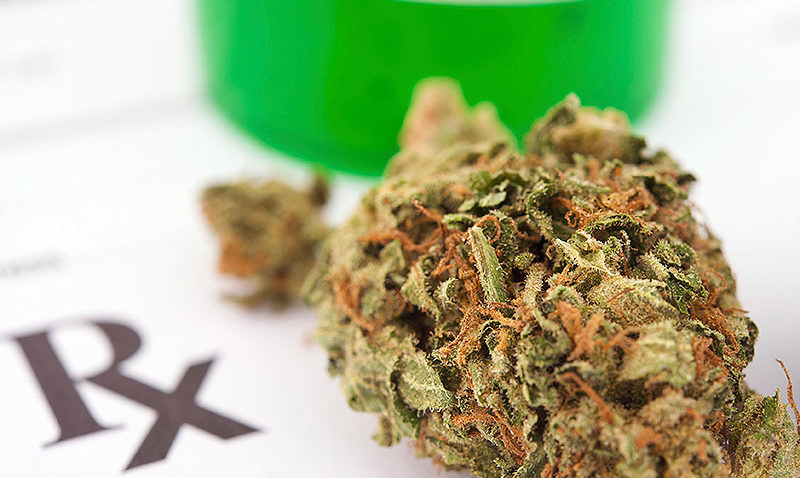- Subserosal fibroids: These are the most common fibroids. They can push outside of the uterus into the pelvis. Subserosal fibroids can grow large at times and sometimes have a stalk that attaches to the uterus (pedunculated fibroid).
- Intramural fibroids: These fibroids develop in the muscular wall of the uterus.
- Submucosal fibroids: These fibroids are uncommon. They can grow into the open space inside the uterus and may also include a stalk.
- heavy periods, also known as menorrhagia, which can lead to anemia
- painful periods
- lower backache or leg pain
- constipation
- discomfort or a feeling of fullness in the lower abdomen, especially in the case of large fibroids
- frequent urination
- pain during sexual activity, also known as dyspareunia
What Does Fibroid Pain Feel Like?
There are a variety of feelings you might experience if you have fibroids. If you have small fibroids, you may feel nothing at all and not even notice they’re there. For larger fibroids, however, you can experience discomforts and even pains related to the condition. Fibroids can cause you to feel back pain, severe menstrual cramps, sharp stabbing pains in your abdomen and even pain during sex. Studies Claim CBD Oil Shrinks Fibroids In Many Women A new study published in the Journal of the American Medical Association found that women who used Florida medical marijuana to treat severe menstrual pain and fibroids were more likely to have a reduction in the size of their uterus. In this study, published in the Journal of Medicinal Chemistry, scientists used hemp plants that have been genetically engineered to produce high levels of CBD. If you have pain due to fibroids or any other related pain issues, please contact All Natural MD to get started on your Florida medical marijuana card in Florida today. We have Florida medical marijuana doctor locations throughout the State to better assist you.The term psychiatric disorder means a mental disorder or illness that interferes with the way a person behaves, interacts with others, and functions in daily life. Psychiatric disorders are also sometimes known as mental health disorders or mental health illnesses. The Diagnostic and Statistical Manual (DSM) of Mental Disorders, published by the American Psychiatric Association, classifies psychiatric disorders. Psychiatric disorders are very common in the United States. In fact, one-fifth of the American population suffers from some sort of mental disorder during any given year, according to the American Psychiatric Association.
Depression
This is a mood disorder that can begin at any age. Major depression may be characterized by a depressed mood most of each day, a lack of pleasure in previously enjoyed activities, thoughts of suicide, insomnia, and consistent feelings of worthlessness or guilt.
Bipolar Affective Disorder (BAD, previously called Manic-Depressive Disorder)
BAD is a mood disorder with revolving periods of mania and depression. In the manic phase, a person might experience inflated self-esteem, high work and creative productivity, and decreased need to sleep. In the depressed phase, the person experiences the symptoms of depression (see above).
Borderline Personality Disorder (BPD)
BPD is a personality disorder that includes both mood disorder and thought disorder symptoms. This diagnosis has both biological and environmental determinants. Individuals diagnosed with BPD may have experienced childhood abuse and family dysfunction. They may experience mood fluctuations, insecurities and mistrust, distortion of perceptions, dissociation, difficulty with interpersonal relationships, and limited coping skills.
Schizophrenia
Schizophrenia is a thought disorder that can cause a person to experience difficulty with activities of daily living and may include delusions, hallucinations, and paranoia. Schizophrenic individuals typically demonstrate concrete thought processing and appreciate structure and routines.
Anxiety Disorders
These are mood disorders in which the individual responds to thoughts, situations, environments, and/or people with fear and anxiety. Anxiety symptoms can disrupt a person’s ability to concentrate and focus on tasks at hand. Symptoms may be in response to real or imagined fears. Specific anxiety disorders include Generalized Anxiety Disorder, Obsessive-Compulsive Disorder, Panic Disorder, Social and Specific Phobias, and Post-Traumatic Stress Disorder.
Contrary to past views, most people with mental disorders are rarely violent and do not need to be institutionalized. Many factors may prevent people with psychiatric disorders from seeking help. However, early treatment offers the best chance of regaining your mental health and preventing a disabling disorder. Mental health experts do not know for certain the underlying causes of psychiatric disorders. They are likely a combination of genetic factors and environmental factors that come together and trigger a disorder. Education about these factors can be part of an overall treatment plan for psychiatric disorders. Contact All Natural MD Lakeland to learn more about medical marijuana and how you can get your medical marijuana card to treat your conditions today.
What is Fibromyalgia?
Fibromyalgia is a medical condition characterized by near-constant musculoskeletal pain along with fatigue and issues with memory, sleep and mood. Health providers believe fibromyalgia causes intense pain by affecting the way in which the brain receives and processes pain signals. Women tend develop fibromyalgia more often than men, and many people with this condition also suffer from tension headaches, irritable bowel syndrome, certain joint disorders, anxiety and depression.
In some cases, symptoms of fibromyalgia start after sustaining a physical trauma, infection, surgery or intense psychological stress. Other times, the symptoms start to build up over time without a triggering event. There is no cure for fibromyalgia, but there are several medications that can help manage symptoms, including pain killers, antidepressants and anti-seizure medications.
Fibromyalgia is a difficult condition to live with, but as we’ve learned from our All Natural MD patients, cannabis can offer the well need relief your seeking. It makes sense when you look at some of the symptoms fibro sufferers encounter:
- Joint pain
- Fatigue
- Depression and anxiety
- Tenderness and generalized pain
- Insomnia / Sleep Disorders
- Inability to focus
Can marijuana help treat fibromyalgia?
Since there is no cure for fibromyalgia, effective pain management strategies are essential for helping patients cope with the fibromyalgia. Medical marijuana is very effective in relieving pain, and it is a natural alternative to traditional pain medications often prescribed to fibromyalgia patients. Many patients turn to cannabis when traditional pain treatments for fibromyalgia fail. Given the poor results from traditional medications, marijuana could be a major factor in relieving fibromyalgia pain. Some people use marijuana as the sole treatment for the pain, while others supplement their current medications and treatments with cannabis. We recommend you contact an All Natural MD medical marijuana card doctor in Florida to learn more on how cannabis can help treat your pain.


